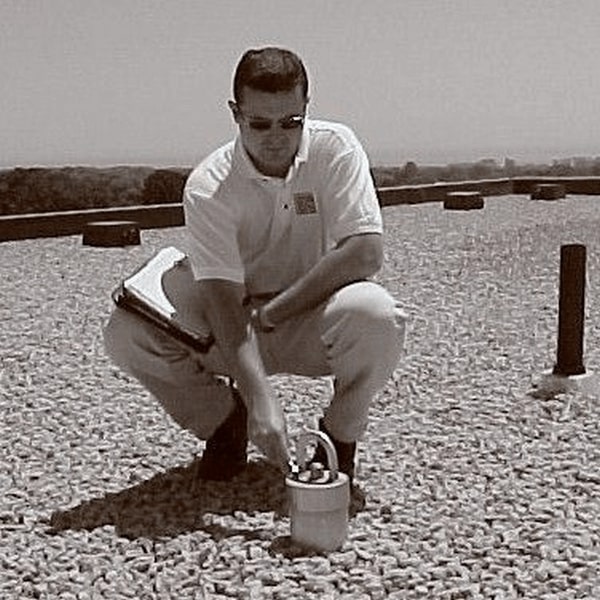Fall Protection Inspection
Fall Protection inspections play a crucial role in maintaining a safe working environment. If a building is only equipped with fall protection anchors and not suspended access equipment, the roof will be lined with several anchors that a horizontal lifeline is meant to run through for rooftop work. These tie-back anchors need to be firmly planted in the structure so there’s no risk of an accident occurring.
The inspection involves checking for any defects or malfunctions that could compromise the safety of workers who utilize this equipment. Ensuring that the equipment is in good working condition is essential for preventing accidents and injuries during window-cleaning operations.
When are roof anchor inspections due?
OSHA regulations, a cornerstone of workplace safety, mandate permanent roof anchor inspections at least once a year or more frequently. These annual fall protection inspections are crucial as they help identify any signs of wear and tear, corrosion, or other issues that may compromise the anchors' integrity, underscoring the importance of compliance.
When do roof anchor systems need to be recertified?
Recertification is required every 5 years for an adhesive roof anchor system and every 10 years for standard roof anchors.
No window washing or facade maintenance that requires suspended access can be completed until recertification is conducted. For buildings with reinforced concrete, see roof anchor protection on reinforced concrete.
What happens if a building doesn’t inspect its rooftop safety equipment?
Failure to inspect fall protection anchor points can lead to severe consequences, including increased risk of accidents, potential violations of safety regulations, and full liability in the event of injury or death. Buildings and facilities must prioritize regularly inspecting their fall protection systems to maintain a safe working environment for their employees.
Suspended Access and Window Washing Systems inspection
When anchors are set up for the express purpose of suspended maintenance, they need to be routinely checked to ensure there’s no risk of a fall. Permanent roof anchor inspections primarily center around ensuring the structural integrity and reliability of the anchors so there will be no concern of malfunction when they’re in use. They’ll also need to be load tested for either 5-year or 10-year recertification to guarantee they can hold their ultimate load capacity.
Adhering to OSHA regulations regarding inspection frequencies and promptly addressing any issues are essential in maintaining a safe working environment. By emphasizing the importance of these inspections, buildings can mitigate risks, prevent accidents, and demonstrate a commitment to employee safety and regulatory compliance. Book one today!
Share this Post

